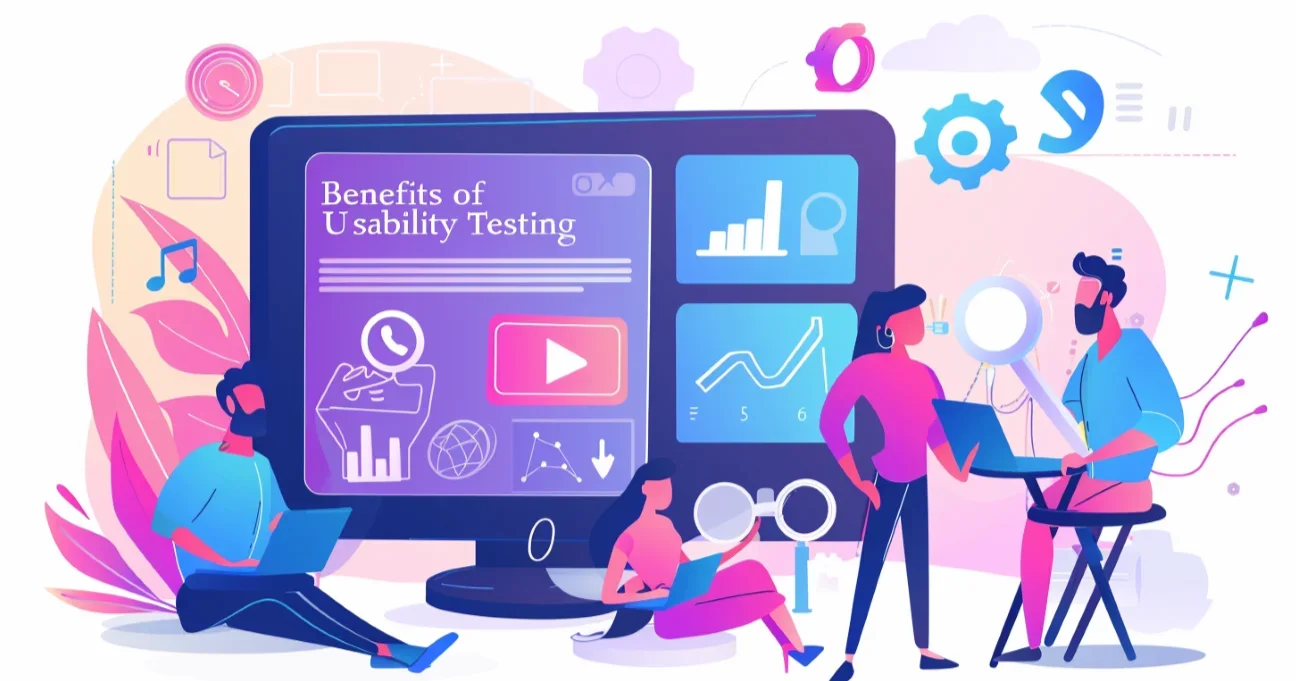The benefits of usability testing focus on making sure the finished software product works seamlessly to end user needs. It cultivates a sense of usability that allows software users to navigate and accomplish the product's tasks seamlessly. Applying usability testing processes to your software development method ensures that the final MVP meets and exceeds user expectations.
Aloa, a software development outsourcing company, is a global leader helping businesses scale their software development efforts with expert teams. We've vetted over 10,000+ software agencies around the globe to identify and hire the best usability testing professionals in the industry. Our vetting process evaluates the benefits of usability testing in software development. With that, we make sure our clients work with the industry's best software solutions and processes.
Capitalizing on our experience, we'll share the insights gathered in this blog, outlining the benefits of usability testing and how each benefit streamlines your software development or project requirements. Afterward, you'll understand why usability testing in software development is valuable and why it's essential to include it in your development operations process (DevOps) in 2024.
Let's get started!
What is Usability Testing for Software Development?
Usability testing for software development refers to analyzing how user-friendly and efficient a software product is by observing real user interactions. Conducting usability testing in software development benefits developers by helping them:
- Identify Potential Issues: The benefits of usability testing includes the ability to pinpoint any issues that users may come across when the final product is done.
- Gather Valuable Insight: Use the valuable insight gathered to improve all elements of your software solution to make it seamless for the end user.
- Compile Usability Feedback: Compiling user feedback gives developers a roadmap on what fixes they should focus on first.
- Make Necessary Improvements: Making necessary improvements based on insights and feedback ensures that the final market release goes as smoothly as possible.
- Enhance the Final User Experience: Realizing the benefits of usability testing includes making sure that you provide an exceptional final user experience to those using the solution.
This iterative process creates a more intuitive and effective software solution that efficiently meets user needs and expectations. Today, a handful of market-ready usability testing software solutions provide comprehensive tools and features to streamline the usability testing process for software development teams. These solutions offer benefits directly impacting the software development process and project requirements, making them indispensable in 2024.
5+ Must-Know Benefits of Usability Testing in Software Development
The benefits of usability testing focus on enhancing overall user experience, improving product functionality, and increasing overall user satisfaction. Such testing yields valuable insights into user behaviors and preferences, leading to more informed design decisions.
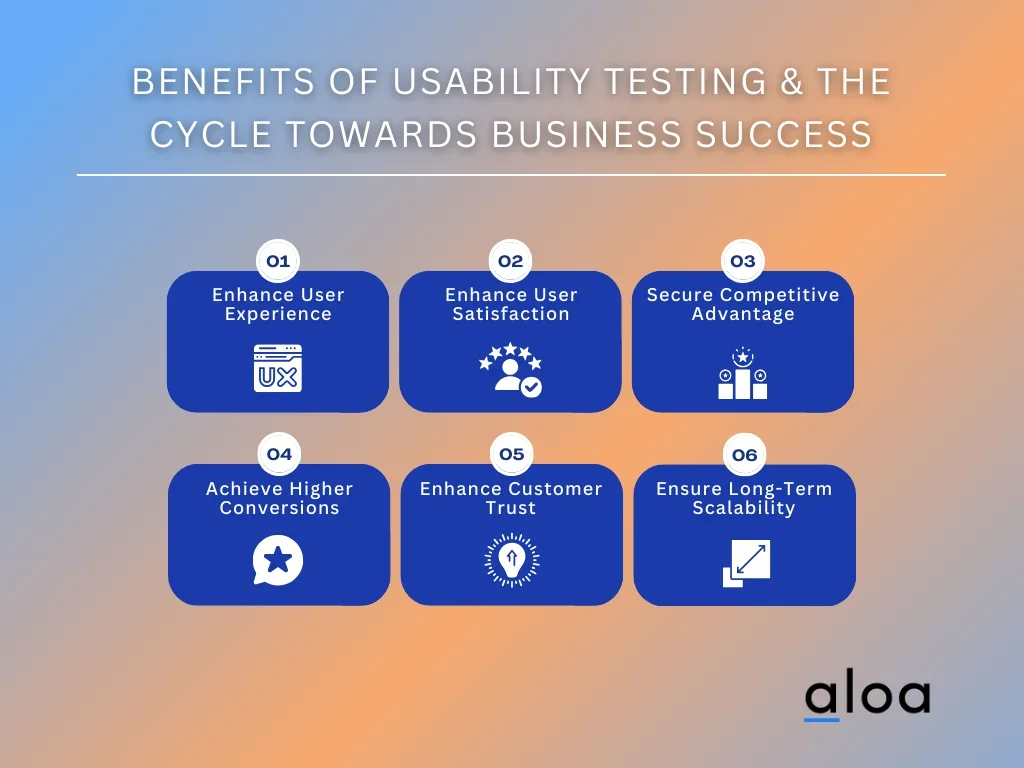
Let's look into the 7 must-know benefits of usability testing that software developers can realize:
1. Enhanced User Experience
Developers aim to create a final product that gives an enhanced user experience based on their pain points. To identify these pain points, developers figure out and assess them during the initial project planning phase. Knowing that, the core benefit of usability testing is to allow developers to test their software against real users. From there, they can start to gather user interface feedback.
Developers can use several usability testing methods when applying an iterative process towards enhancing user experiences. These methods produce varying results, so know your goals before choosing which to use.
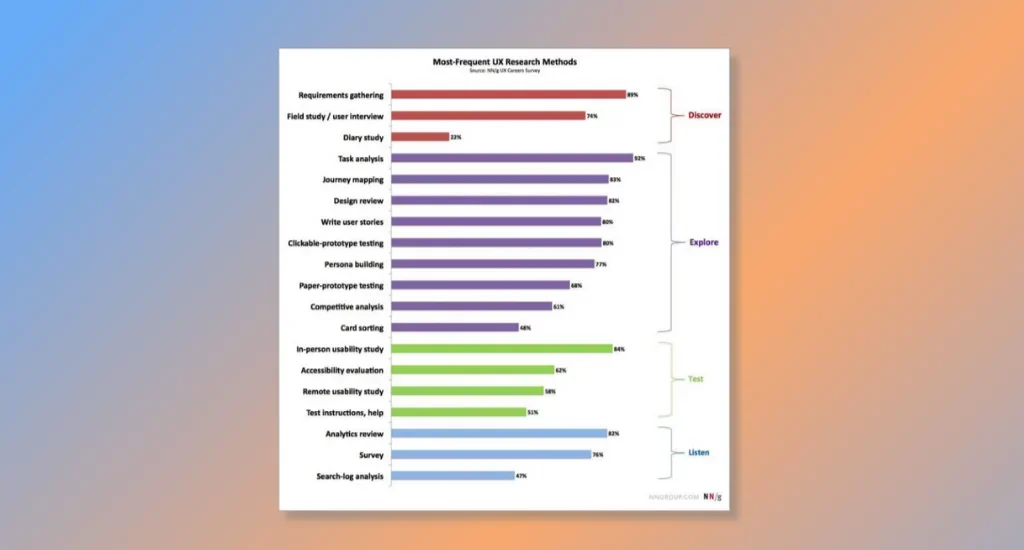
After that, developers can use the feedback to apply an iterative design process that ensures the final MVP functions as intended. Applying these methods then enables developers to realize the following benefits:
- Faster Time-to-Market: A fast time-to-market allows development teams to realize higher potential for ROI turnover.
- Increased User Satisfaction: Realizing an increased user satisfaction metric enables teams to reiterate their design at a faster pace so they can provide users with more features and capabilities.
- Improved Product Functionality: As developers continue to improve their product, the final solutions start to incorporate more functions that users will find valuable.
- Cost Savings Through Early Issue Identification: Developers who apply the benefits of usability testing can save effort, time, and resources by identifying issues before they become a problem.
- Valuable Insights Into User Behaviors and Preferences: User feedback in usability testing will give developers necessary feedback into what their target users require from their solution.
The result leads to a final product that meets and exceeds user expectations, ultimately increasing user satisfaction and loyalty.
2. Increased User Satisfaction
Keeping enhanced user experiences at the forefront of your development process increases user satisfaction. Since usability testing applies real user feedback and insight, it becomes easier to resonate with your target audience and address their specific needs and preferences.
Here are a few reasons why increased customer satisfaction plays a crucial role in developing software solutions:
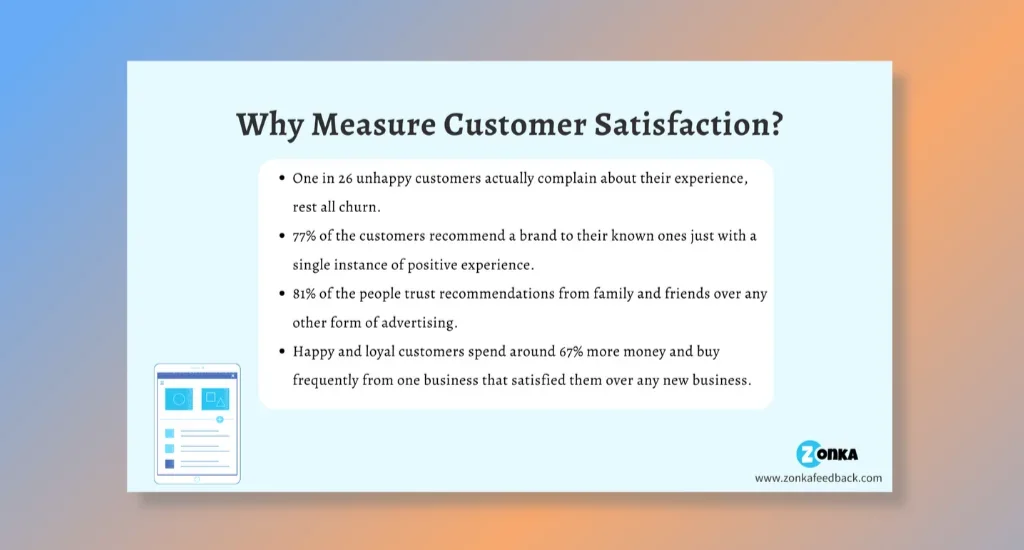
- Customer Reviews: Positive reviews showcase that a software solution offers valuable benefits to the users who engage with it.
- Customer Recommendations: Users who are satisfied with how a software solution works are more likely to recommend it to those in their network.
- Higher User Trust: As developers continue to improve their final product, they build user trust and confidence with their customer base.
- Loyalty Returns: Aggregate good perspectives of a software solution reels in more potential for loyal customers willing to invest in the solution’s updates and variations.
3. Gain a Competitive Advantage
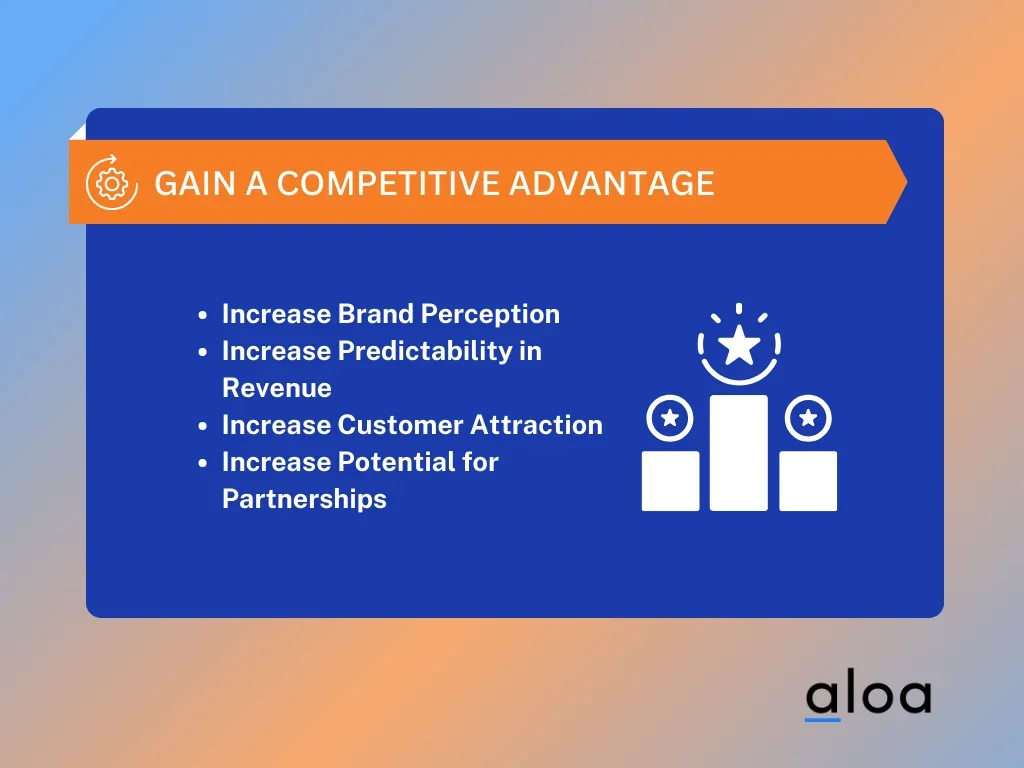
High user satisfaction ultimately provides a competitive advantage to businesses by differentiating their software in the market. Since usability test processes are also a great way to help identify and address user pain points effectively, companies can deliver a product that stands out from the competition.
Moreover, by continuously refining their products based on real user feedback, companies can stay ahead of market trends and evolving consumer needs. This proactive approach enables businesses to adapt quickly and maintain a competitive edge in the fast-paced technology landscape.
Ultimately, investing in usability testing translates to long-term success and sustained growth for any software development venture.
Here are the benefits of having a competitive advantage in the software solutions market space:
- Positive Brand Perception: Gaining market competitive advantage increases positive brand perception of your offerings to consumers.
- Increase Predictability in Revenue: Software solutions with a market hold can realize predictability in their revenue stream, making it easier to plan investments and update processes.
- Boost Customer Attraction: A competitive advantage increases the ability of your solution to meet business goals in terms of attracting customers.
- Attract Potential for Partnerships: Good product design with different features makes it easier to attract potential partnerships for development assistance and profitable business model adaptation.
4. Higher Conversion Rates
Realizing a competitive advantage enables developers to benefit from higher conversion rates from their target users. From there, developers can focus on improving their final product by adding customized solutions and customizable features that enhance how users interact with the final solution.
Since users' needs are an ever-shifting landscape, having the ROI from high conversion rates allows teams to continue conducting user acceptance testing with focus groups. This is to make sure if the use of the product is still applicable.
If design flaws or outdated features arise, developers can invest in the ongoing process of continuous improvement and continuous design (CI/CD). Using this information to make better design decisions results in high conversion rates while retaining good market standing in the industry.
5. Boost Customer Trust and Confidence
Aggregating all the benefits of usability testing discussed above, the potential to boost customer trust and confidence increases. These days, users trust brands that continually deliver high-quality solutions that meet or even exceed expectations.
While there are several reasons as to why customers trust brands, presenting them with top-quality solutions that cater to their needs is the most significant pull in gaining their market confidence.

Applying the benefits of usability testing towards checking off the following goals then goes a long way in making sure your customer base continues to have a good perspective of what you can deliver:
- Fairly Priced Solutions: Since usability testing optimizes the use of resources (time, money, and effort) developers can daily price their solutions based on market standards and expectations.
- Data Protection Policies: Incorporating data protection policies ensures user trust as they know their data is safe from unwanted sources.
- Outstanding Customer Service: Providing outstanding customer service shows customers that you are willing to listen to their concerns and address them as soon as possible.
- Good Quality Software Solutions: Releasing good quality solutions the first time around makes it more likely that customers will gain a positive first impression.
- Respectable Ratings and Reviews: With a positive first impression, developers can expect to see respectable reviews and ratings that bring in more leads and loyal customers.
Once customers know that your final product will continue to evolve and update based on changing needs, they are more likely to stick with your solution and even recommend it to others in their network.
6. Driving Business Success
Looking at the previous benefits above in applying the benefits of usability testing, you'll realize a cycle that drives business success in the long term. As you continue to apply usability testing processes to your development, you'll see increased customer engagement and trust. With that, attracting more leads through referrals and recommendations also becomes easier.
Referrals and recommendations drive business success, keeping your product top-of-mind in highly competitive markets. Focusing on user needs and satisfaction every step of the way achieves this by enabling developers to deliver a user-friendly and intuitive software product.
The cycle continues, increasing user adoption, customer retention, and positive brand reputation. As to final results, usability testing aligns the software with business goals, ensuring it meets technical requirements and provides a great user experience.
7. Contribute to Increased Productivity and Efficiency
The last core benefit of usability testing for developers is its contribution to increased productivity and efficiency. Software development processes take time and proper management to reach a successful outcome. Still, disorganized processes lead to breakdowns that derail progress if they are not addressed immediately.
Moreover, usability testing processes also act as a risk management mechanism that helps developers catch issues early on. Here are a few issues that, if caught early on, can save the team hours, if not months, of development work:
- User Interface Issues: The benefits of usability testing give insights into test results from real users on how developers can immediately provide a clean user interface in contrast to playing a guessing game without feedback from a group of testers.
- Navigation Challenges: Navigational challenges often arise due to contextual factors that impact how end users work through the solution. With usability testing results, developers can address these immediately before launch and ensure they do not cause issues once the product is on the market.
- Functionality Concerns: These external factors can cause accessibility issues that decrease user trust and confidence. Addressing them early on with usability testing enables a clean experience that builds trust rather than erodes it.
Overall, the benefits of usability testing guide the entire team by becoming the central source of truth on how to move forward with development. In effect, the team saves time and increases productivity as compared to playing a guessing game on what needs fixing and what does not.
In tandem with different types of tools, such as collaboration and automation tools, the benefits of usability testing become even more pronounced.
Implementing Usability Testing: Practical Tips
Implementing usability testing in the software development process requires careful planning and execution. Let's explore some practical tips for conducting effective usability testing.
Set Clear Objectives for Usability Testing
Setting clear objectives is crucial for conducting meaningful usability testing. The goals and objectives you set for your usability testing process will determine the types of results you get. As a way to pinpoint the exact objectives you are after, here are the elements of usability testing to focus on:
- Testing Process: Your testing process will make sure you experience an organized project implementation timeline that follows the necessary goals and objective set.
- Target Audience: Identifying who your target audience is as early as possible streamlines your ability to apply the benefits of usability testing to its full potential.
- Type of Results: Part of your objectives needs to consider the type of results you are after, whether it be heat mapping, navigation, or user-friendliness.
- Tasks and Scenarios: Software solutions all have a goal in mind. With that, figure out what tasks your users will need to accomplish with your solution and the scenarios they will be in when accomplishing those tasks.
Outlining how and what participants will be asked to do during the testing session offers numerous benefits that can significantly enhance user experience and overall product quality.
Moreover, defining clear objectives helps in measuring the success of usability testing and provides actionable insights for enhancing the user experience. In aligning these objectives with business goals, teams can ensure that usability testing improves the product and contributes to overall organizational success.
Incorporating Realistic Scenarios in Usability Tests
Setting out to perform usability testing processes requires incorporating realistic scenarios to get accurate user feedback from your focus group. To do so, it's best to test the software you've developed, applying real-world situations that users will likely encounter.
Remember, you can elicit authentic user responses and validate the software's performance in different use cases. Realistic scenarios help identify usability strengths and weaknesses as users interact with the software in situations that mirror their everyday lives. As you go through testing with authentic scenarios ensures the relevance and accuracy of usability tests, providing valuable insights for software improvement.
Using a Diverse Mix of Testing Methods
Utilizing a diverse mix of testing methods can enhance the quality of usability testing. These different testing methods offer various perspectives and insights into the software's usability. Today, developers often apply a combination of techniques such as:
- A/B Testing: Allows developers to compare two versions of a design to determine which performs better in terms of user experience metrics like click-through rates or completion rates.
- Eye-tracking Studies: Eye-tracking studies help understand where users focus their attention on the interface, providing valuable data for optimizing layout and content placement.
- Interviews and Surveys: Interviews and surveys give qualitative insights into user preferences and pain points. At the same time, think-aloud protocols reveal users' thought processes as they navigate the software.
Applying a diverse mix of testing methods, teams can gain a holistic understanding of the software's usability from various angles, capturing a broader spectrum of usability issues. Mixing testing methods provides a holistic view of the software's user experience, allowing developers to identify and address usability problems more effectively.
Fostering an Environment for Honest User Feedback
Creating a supportive environment that encourages honest user feedback is crucial for the success of usability testing. Users need to feel comfortable providing candid feedback about their experience with the software.
As businesses create a safe space for users to share their opinions, suggestions, and concerns, they foster an open and non-judgmental communication channel. Honest user feedback is integral to making informed design decisions and addressing usability issues effectively. A usability lab or designated testing environment can provide the necessary infrastructure and tools for conducting user feedback sessions in a controlled setting.
Debunking Common Usability Testing Myths
Software developers face a common roadblock in realizing the benefits of usability testing: the myths surrounding it. Let's debunk some common myths surrounding usability testing and clarify its benefits to the software development process.
1. Usability Testing is Time-Consuming and Expensive
While usability testing does require resources, it is not necessarily time-consuming and expensive. With proper planning and execution, usability testing can be streamlined to save time and costs.
Efficient usability testing methods like remote testing can mitigate potential time and financial constraints. Taking the time to strategically plan your usability testing activities allows you to optimize your resources, minimize expenses, and ensure that the testing process remains efficient.
2. Only Designers Should Conduct Usability Testing
Usability testing is not exclusive to designers. In fact, it involves the collaboration of different team members. Involving stakeholders will give your team valuable insights beyond their perspective. With other teams bringing in varying perspectives, experience, and expertise, you can enhance the overall user experience of the software.
Keep in mind that the benefits of usability testing require a collaborative effort involving team members from design, development, and other relevant departments to ensure that the software meets user needs and expectations.
3. Usability Testing Slows Down the Development Process
Contrary to popular belief, usability testing does not necessarily slow development. In reality, it can help prevent potential problems and design flaws from happening. This saves time and effort in the long-run by helping developers identify issues early on. Usability testing then allows for better design decisions, leading to fewer revisions and costly fixes come post-development.
As an ongoing process throughout the development cycle, usability testing requires multiple rounds of revisitation. Doing so ensures that the software continually stays optimized based on user feedback. As developers integrate usability testing into the development process, businesses can streamline development and create software that meets user needs.
Key Takeaway
Taking advantage of the benefits of usability testing is an essential element to consider when creating software solutions that address user requirements and expectations. Applying these benefits goes a long way in making sure the final solution aligns with providing long-term and sustainable potential for business growth. All forms of usability testing are critical and can often be encouraged when looking into a software development outsourcing guide or support center.
Software developers and startups who incorporate the process of usability testing into their DevOps should consider the benefits and potential expenses it brings. Afterwards, it’ll be more realistic to determine the final cost versus long-term benefits of using such a process.
Looking for more insights into improving your DevOps for better results? Sign up for our email list via the Aloa blog to receive updates on our latest blog posts and helpful resources. We'll post the latest developments and insights you need so you can leverage them to your advantage! Subscribe here.

